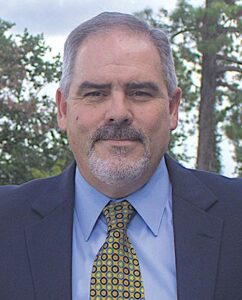 Old timers always say, “Stop burning coal and let them freeze to death in the dark.” That expression lost some of its edginess as coal-fired power capacity diminished and hardly anyone thought we would actually see it play out, let alone in the energy capital of the world. The good people of Texas deserve better.
Old timers always say, “Stop burning coal and let them freeze to death in the dark.” That expression lost some of its edginess as coal-fired power capacity diminished and hardly anyone thought we would actually see it play out, let alone in the energy capital of the world. The good people of Texas deserve better.
During mid-February, a freak winter storm struck Texas. Prior to this winter event, record electricity demand for the Electric Reliability Council of Texas (ERCOT) was 74,820 megawatts (MW) during mid-August 2019. Demand also peaked at 73,821 in mid-August 2020. They were prepared for summer demand spikes; they were not prepared for a surge in winter demand.
In the early morning hours of February 15, ERCOT called for rolling blackouts to protect the grid from collapsing. By 9 a.m. on February 17, approximately 46,000 MW of generation was forced off the system. Of that, 28,000 MW was “thermal” and 18,000 MW was wind and solar. ERCOT uses the word thermal to obfuscate its overreliance on natural gas at the cost of coal.
As the tragedy played out, the blame game began. Many self-appointed “energy experts” on social media immediately began to blame windmills, solar panels and the rush to green energy. Those accusations were not misplaced. With 18,000 MW of wind capacity offline, the grid operator was already facing a power shortage when the state needed it most. ERCOT’s wind-generating capacity, however, is half that of natural gas. The windmills were not turning, solar generation was irrelevant and the pumps and compressors that move gas through the pipelines were offline and frozen. A large stockpile of coal provides a lot of security in the winter.
What’s really sad about this situation is that Texas is blessed with vast reserves of lignite. Today, coal is ranked third in ERCOT’s power generation portfolio, which includes natural gas (51%), wind (24.8%), coal (13.4%), nuclear (4.9%) and other (5.8%). Similar to many regions, the coal-fired generating capacity in Texas has dwindled over the years. In the 1990s, Texas was the fifth ranked coal-producing state.
Probably the most surprising outcome in all of this is that few in the energy business or the media wanted to accept the fact that this was an epic fail for green energy. The situation in Texas also highlighted the need for an investment in transmission and distribution systems. It will serve as a case study as to why power generators should maintain a balanced portfolio of fuel sources and a healthy baseload margin rather than rely too much on intermittent energy sources.




